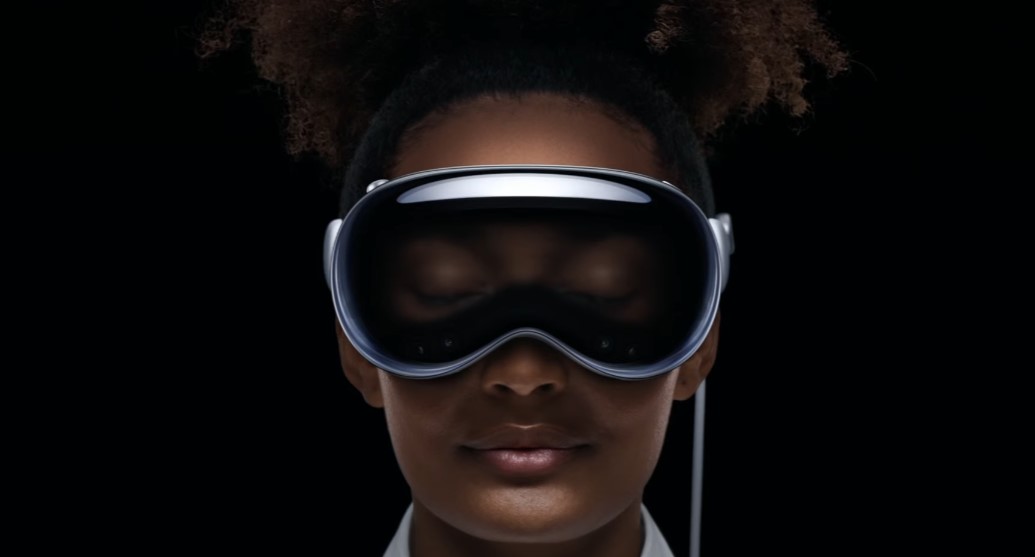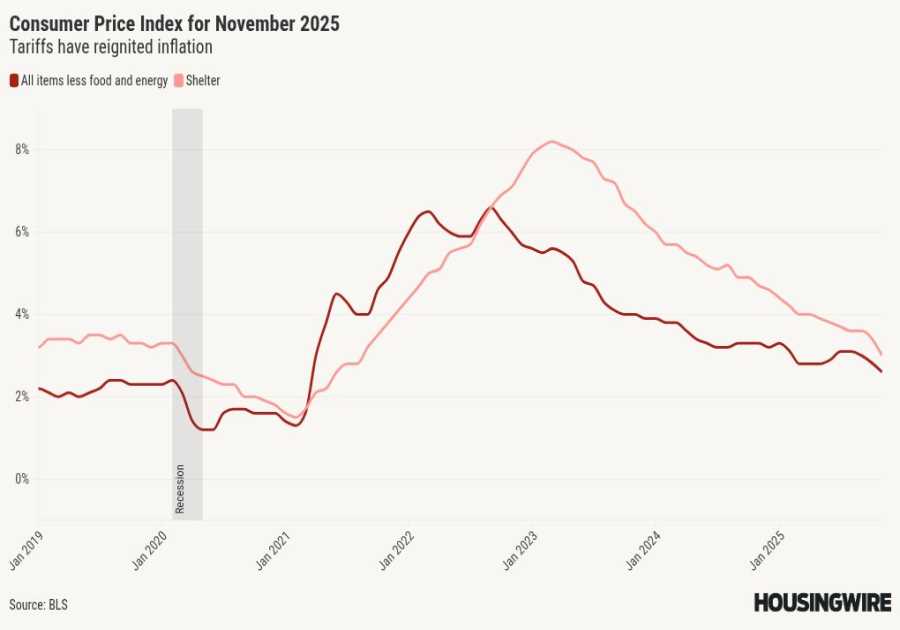Macworld
When I was a kid, the first personal computer I ever saw showed up in an elementary school classroom one day and changed my life. But in the early days of the computer, they were expensive and impractical-yet somehow also on the cutting edge and pointing toward the future. Computers were more than a decade away from becoming ubiquitous.
Things were different in the 1970s, I guess. (But yes, they were as colorful as you imagine-but much smellier.) Today, we are so tech-savvy as a society that we’ve forgotten what it’s like to be on the ground floor of a barely feasible product category. And yet, that’s just where we are with the Apple Vision Pro and similar products.
I’m not declaring that the Vision Pro has a special destiny because there’s no way to know that. But I do feel comfortable suggesting that those who are declaring it a dead end and a failed product might want to consider how foolish it would have been to say the same thing about a Commodore PET or TRS-80 in 1977.
Step off the hype cycle
We’re so used to Apple shipping complete products that the Vision Pro comes as a shock. The modern Apple playbook is to release a product at just the right time, which is after too-early products that just don’t quite hit the mark but before a category-defining product has had the chance to arrive. The iPhone landed after other smartphones, but defined the category-and gave Apple a year to release the App Store. The original Apple Watch wasn’t the first smartwatch, and it was woefully underpowered, but it defined the category and had room to rapidly improve.
The Vision Pro is… not that. This is why I keep going back to the earliest days of personal computers-because, like those early pioneering products, the Vision Pro is a different kind of product release. Apple knows that if Vision Pro-like devices are to be widespread, it will require a decade or more of technological evolution to reduce the price and size of the things. But it also knows that the future of these devices is hazy enough that it’s worth experimenting in public-something it’s usually reluctant to do.
So is it any wonder that anyone trained on a decade or more of the tech hype cycle might look at the Vision Pro’s long game and, failing to see it become an immediate hit, declare it a dead product? (For the record, the Apple Watch was also declared a flop because it failed to match the iPhone. The mind-warping powers of the hype cycle are strong.)
While I don’t know what Apple has in store for the Vision Pro, thus far, I’d say the device’s first few months of existence have been about what we all should have expected: fitful and messy but with potential.
Immersive video and spatial personas
Two visionOS features tell the tale of the early days of the Vision Pro’s life. First, consider immersive video. From the first time the device was shown off to people outside Apple, it was clear that its most viscerally appealing feature was immersive video. Apple’s demo reel of 3D, 180-degree video experiences was breathtaking. All of us looking for the reason why someone might want to spend $3,500 on one of these things thought we had found it.

Immersive video is a big selling point for the Apple Vision Pro, but Apple is slow to provide immersive content.
Apple
I still think immersive videos are amazing, but Apple has struggled mightily in producing and releasing them. Its MLS Cup highlights video was released three months after the playoffs ended and was cut like an ESPN highlight package rather than an immersive experience. It sure seems like Apple and its partners have struggled, both technically and creatively, with figuring out how to create content for the Vision Pro. (The five-minute-long MLS package was the first immersive video Apple released since the launch of the Vision Pro; another single video is due later this month. It’s a trickle.)
Then consider Spatial Personas, a FaceTime feature enabled last week in visionOS 1.1. Once again, we’re all forced to contemplate that Apple, one of the world’s richest and most powerful technology companies, is struggling. The feature itself, which lets you interact with up to four other people in a 3D space rather than placing them in windows, is spectacularly good. No screenshot or video will do it justice, but somehow, Apple’s 3D personas and spatial audio combine to make it feel like you’re in a real shared space with other people.
It’s amazing, but it’s so much better than what Apple offered before that you have to wonder why it wasn’t available when the Vision Pro launched. The only answer that makes sense is that it just didn’t work yet. Apple, for all its powers, just couldn’t get it to work properly.
Here’s where we all need to do a little bit of a mental shift. When we think of Apple, we think of that tech giant with its disciplined product launches that sell millions of Macs or iPhones or iPads all around the world. Everything’s buttoned up tight. They never let you see them sweat.
The Apple that’s building Vision Pro is not that Apple. It’s a company that is trying to figure the whole thing out. It doesn’t know how to do immersive video right. It couldn’t get FaceTime right. And I would guess that it (as well as Apple’s developer community) is still trying to figure out what makes a good visionOS app, too.
But none of this should really be surprising. This is what happens with early, evolving platforms in categories that basically didn’t exist before. We’re so used to Apple being a well-oiled machine that it’s hard to look at the Vision Pro and not judge it by all the same rules as the other products Apple produces.
But we can’t. The Vision Pro is about learning, trying things, figuring out new stuff, and hoping it’ll evolve into something new and different and relevant (and hopefully much more affordable!) in the future. If you’re not interested in going on that journey, you are absolutely right to tune the whole thing out. Using or developing software on a Vision Pro right now is like those early days of computing: impractical, expensive, and frustrating. But every once in a while you see something that takes your breath away-like spatial personas-and you realize that you’ve gotten a little glimpse at the future.
Read More
Title: Call Apple Vision Pro a flop at your own risk
Sourced From: www.macworld.com/article/2301068/the-vision-pro-is-an-ongoing-experiment-not-a-flop.html
Published Date: Thu, 11 Apr 2024 10:30:00 +0000
.png)







